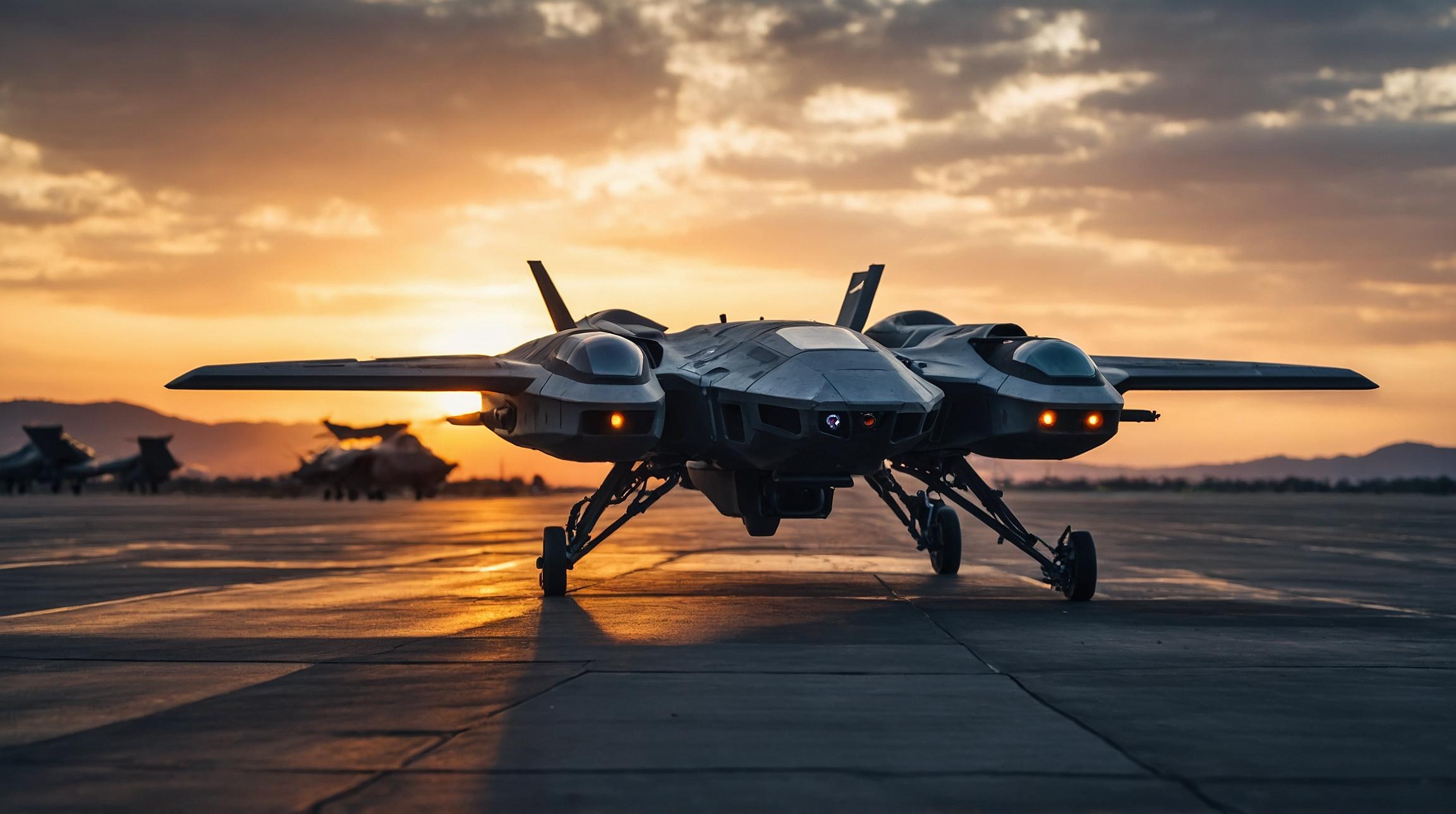The Role of AI in Modern Military Training
The US Air Force is integrating artificial intelligence (AI) into its training programs by utilizing AI-piloted stealth drones. This approach mimics the structure of the renowned "Top Gun" school, where experienced pilots simulate enemy jets to prepare fighters for real combat. Traditionally, these roles were filled by skilled pilots, but now AI technology is stepping into this critical training process.
The Evolution of AI-Driven Aerial Combat
In recent years, the US Defense Advanced Research Projects Agency (DARPA) has demonstrated AI's potential in aerial combat. In 2020, during simulated dogfights, an AI pilot developed by Heron defeated an experienced Air Force pilot, proving that traditional piloting techniques are not effective against AI's rapid decision-making abilities.
Last year saw the transition of these simulations into real-world scenarios, with AI-piloted F-16s engaging in combat against human pilots. Although results were inconclusive, it was evident that AI could potentially surpass less experienced pilots, as noted by Air Force Secretary Frank Kendall.
Development of "Loyal Wingman" Drones
The Air Force is leveraging insights from AI dogfights to develop a new class of "loyal wingman" drones. These drones will operate semi-autonomously, following general directives from human pilots but executing maneuvers independently. The goal is to enhance the Air Force's combat capabilities by combining manned and unmanned aircraft.
Global Race for AI-Powered Warplanes
The US isn't alone in this endeavor. Countries like the UK, Japan, China, Russia, and Australia are also investing heavily in AI for aerial missions. They aim to create advanced drones capable of executing complex strategies using AI algorithms.
Challenges and Future Prospects
Currently, the US Air Force has invested $98 million in prototypes MQ-20 drones, which possess stealth capabilities and serve as a formidable challenge in training exercises. However, these drones are designed primarily for air-to-ground missions, potentially limiting their effectiveness in air-to-air combat.
Expanding the fleet of AI adversaries and developing high-performance units are crucial. The Air Force may need to integrate numerous advanced technologies to replace human adversaries effectively. By doing so, it could free up valuable resources and allow more focus on intercepting threats, such as those from Russian warplanes near Alaska.
In summary, the integration of AI into military training signifies a paradigm shift in how air forces prepare for future conflicts. As technology continues to advance, the role of AI in defense will likely expand, offering innovative solutions to complex strategic challenges.













